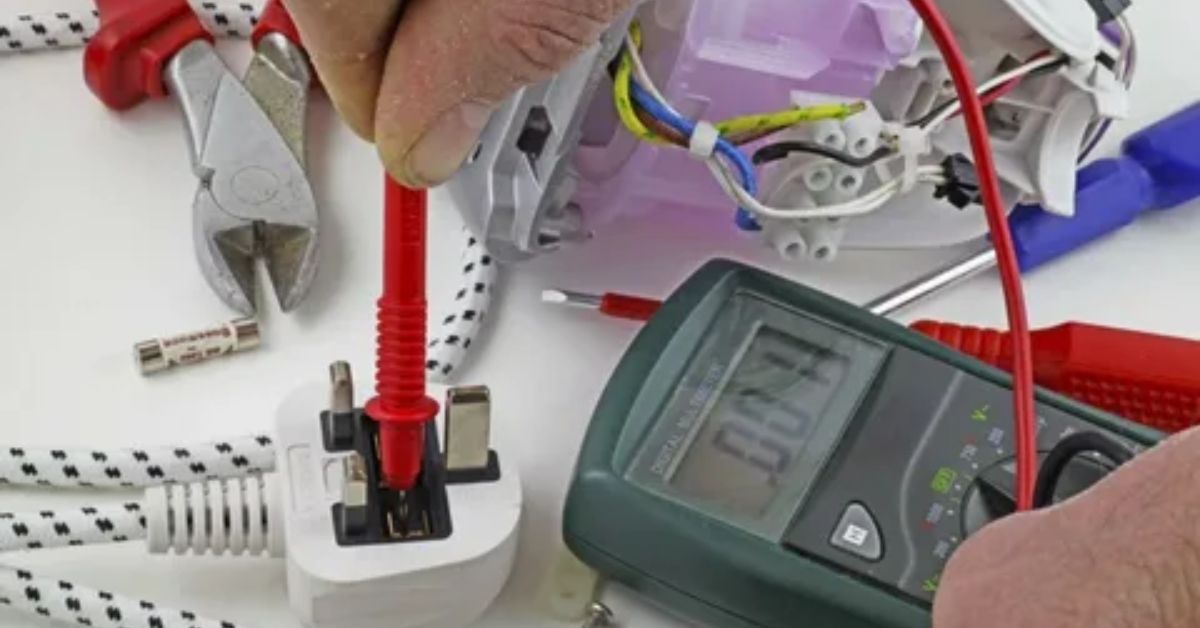In our modern homes, electrical appliances are integral to our daily lives. From the toaster that crisps our morning bread to the washing machine that keeps our clothes fresh, these devices are essential. However, with the convenience they offer comes the responsibility of ensuring their safe use. This is where electrical appliance safety ratings come into play. For those in London, considering Portable Appliance Testing in London can provide an added layer of safety. Understanding these labels and regular testing can help you make informed decisions and ensure your appliances are safe to use.
The Importance of Safety Ratings
Electrical appliance safety ratings are more than just a set of numbers and symbols on a label; they are a crucial component of consumer protection. These ratings provide information about how safely an appliance is designed to operate under normal conditions. They help prevent electrical fires, electric shocks, and other hazards associated with faulty or poorly designed devices.
When you purchase an appliance, the safety rating informs you about its compliance with established safety standards. These standards are developed by various organizations and regulatory bodies to ensure that appliances are tested and meet minimum safety requirements before reaching consumers.
Common Safety Labels and Their Meanings
To fully understand safety ratings, it’s important to be familiar with common safety labels and what they signify.
CE Marking
The CE marking is one of the most commonly seen symbols on electrical appliances, particularly in Europe. It stands for “Conformité Européenne,” which translates to European Conformity. This label indicates that the appliance complies with European safety standards. It means that the product has been assessed and meets the essential health, safety, and environmental protection requirements of the European Union.
UL Certification
In the United States, the Underwriters Laboratories (UL) mark is a key indicator of safety. UL is a global safety certification company that tests and certifies products to ensure they meet safety standards. When you see the UL mark, it means that the appliance has been rigorously tested for electrical safety, fire hazards, and other potential risks.
ETL Listed
The ETL mark, from Intertek, is similar to the UL certification and is commonly found on appliances sold in the U.S. and Canada. It signifies that the appliance has been tested and meets the safety standards set by the Electrical Testing Laboratories. Like the UL mark, it helps assure consumers that the appliance is safe to use.
CSA Certification
In Canada, the Canadian Standards Association (CSA) certification is an important safety mark. Appliances with the CSA label have been tested and found to comply with Canadian safety standards. This certification covers a broad range of products and ensures that they are safe for consumer use.
What the Ratings Tell You
Safety ratings on electrical appliances provide valuable information about the appliance’s design, performance, and risk factors. Here are some key aspects typically covered by these ratings:
Voltage and Power Ratings
The label often includes information about the voltage and power requirements of the appliance. This helps ensure that you use the appliance with the correct power source. Using an appliance with the wrong voltage can lead to overheating, damage, or even fire.
Electrical Ratings
Electrical ratings include details such as amperage and wattage. These ratings indicate how much current and power the appliance uses. It’s important to match these ratings with your home’s electrical system to avoid overloading circuits.
Safety Features
Some labels will also highlight specific safety features of the appliance. This can include features like automatic shut-off, thermal protection, or safety switches. These features are designed to minimize risks and enhance the overall safety of the appliance.
How to Use Safety Ratings Effectively
Understanding safety ratings is one part of ensuring appliance safety. It’s equally important to use appliances according to their guidelines and perform regular maintenance.
Check Compatibility
Always ensure that the appliance is compatible with your home’s electrical system. This means checking voltage and power ratings to prevent overloading circuits or damaging the appliance.
Follow Manufacturer Instructions
Each appliance comes with a user manual that includes important safety information and instructions. Following these guidelines can help you use the appliance safely and avoid potential hazards.
Perform Regular Maintenance
Regular maintenance and inspections are crucial. Check appliances for any signs of wear or damage, and address any issues immediately. For example, frayed cords or overheating are signs that an appliance may need attention or replacement.
Conclusion
Electrical appliance safety ratings play a vital role in protecting both you and your home. By understanding the meaning behind common safety labels like CE, UL, ETL, and CSA, you can make more informed decisions when purchasing appliances. These ratings help ensure that products meet safety standards and can be used safely in your home. Always remember to check compatibility, follow the manufacturer’s guide, and maintain your appliances to ensure they operate safely. By doing so, you not only protect your home from potential hazards but also extend the lifespan of your appliances. So, the next time you’re shopping for a new appliance, take a moment to review the safety ratings and invest in your peace of mind, If you want to stay updated with posts like this, please follow us on FITCODING.











